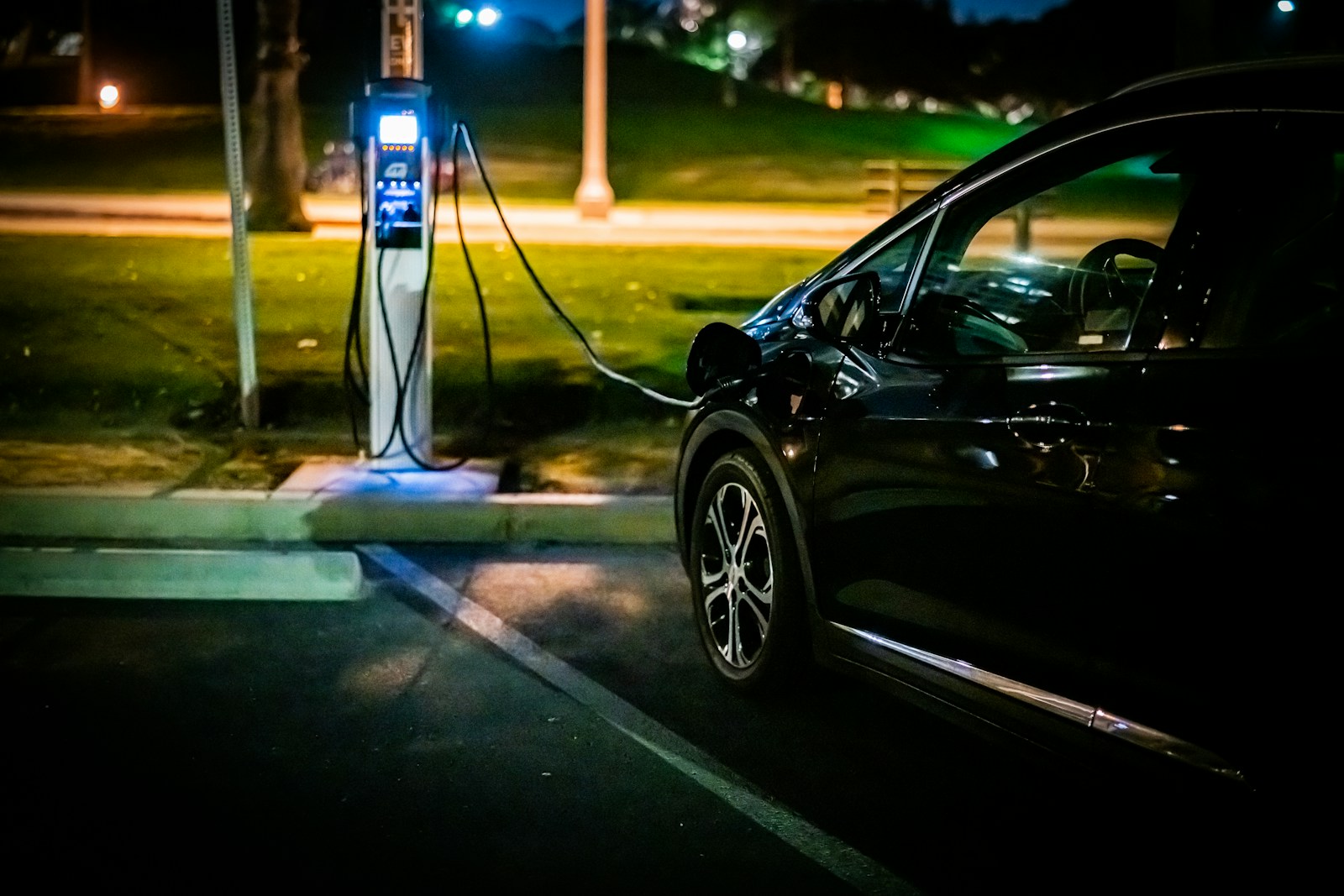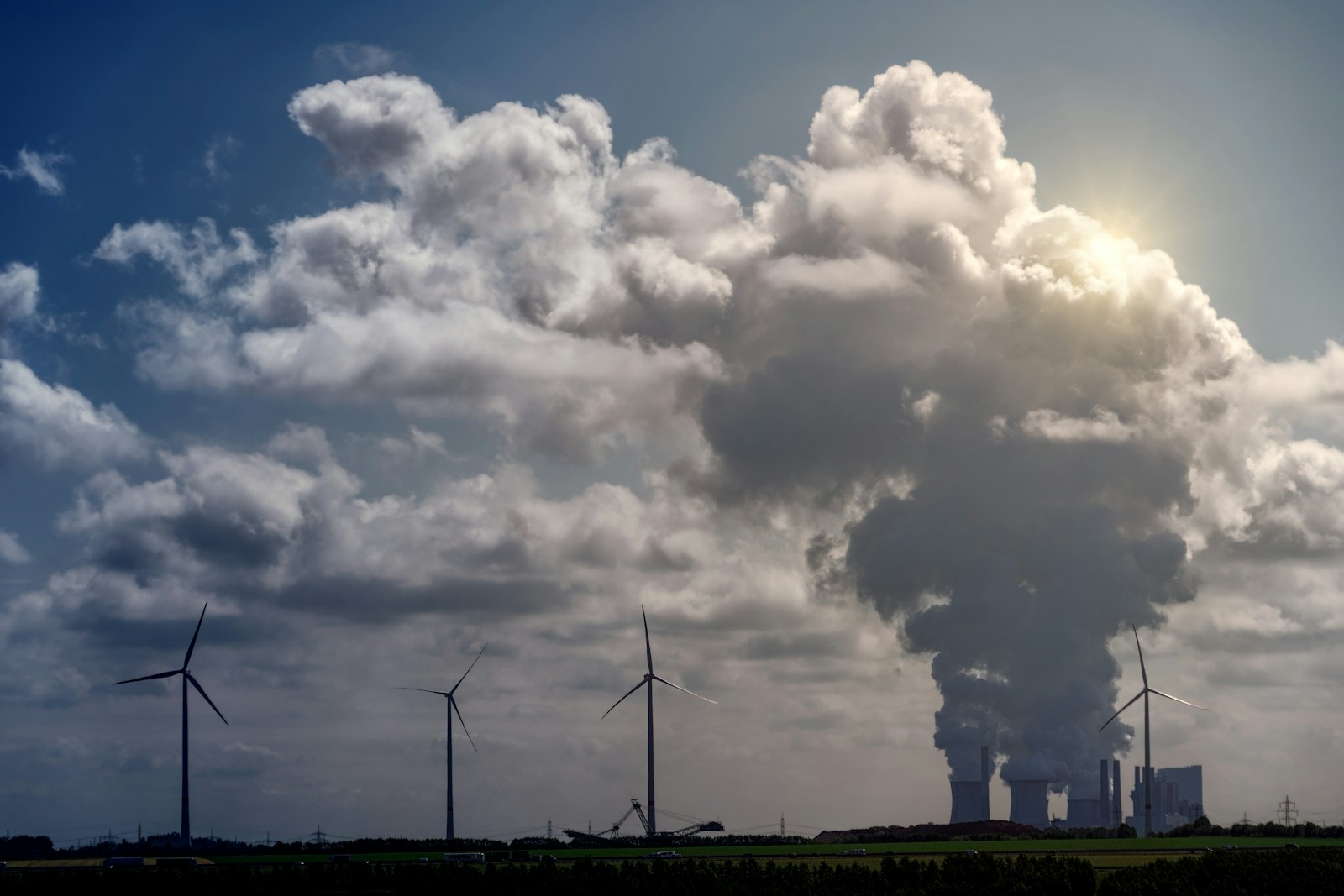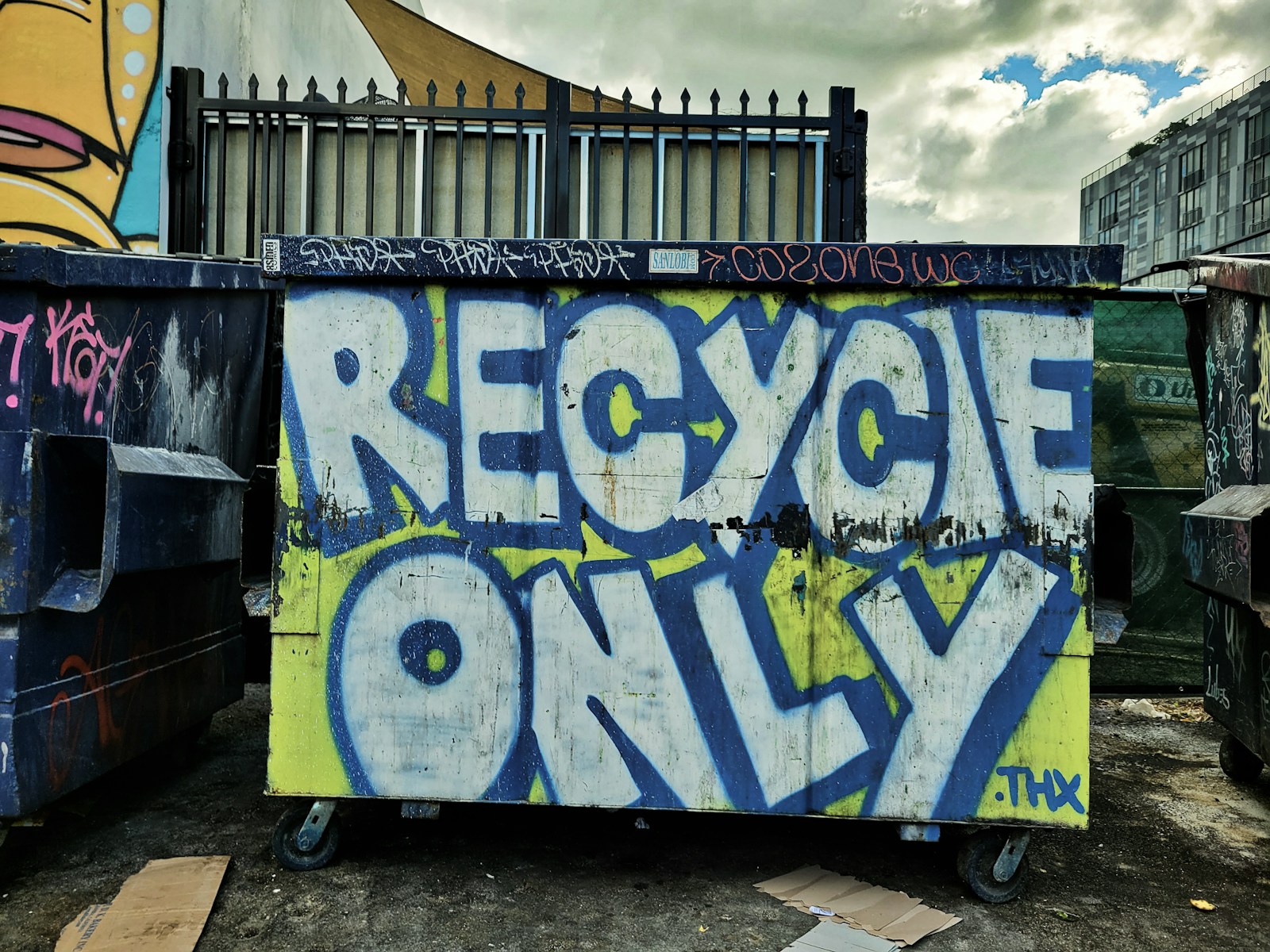Why the World is Betting Billions on Green Hydrogen

In the quest to decarbonize our economy, we have clear solutions for some sectors. Solar and wind power can clean up our electricity grids. Electric vehicles can decarbonize personal transport. But what about the rest? How do we power a container ship across the Pacific, forge steel without coal, or provide long-term energy storage for a grid that runs on intermittent renewables? For these hard-to-abate sectors, a new contender is emerging, attracting billions of dollars in investment and government support: green hydrogen. It’s being hailed as the "Swiss Army knife" of the energy transition, a versatile, zero-emission fuel that could be the missing piece of the net-zero puzzle.
Hydrogen is the most abundant element in the universe, but on Earth, it is almost always bound to other elements, most commonly in water (H2O). The challenge is to isolate it. Today, most hydrogen is produced from natural gas in a process that releases carbon dioxide, earning it the label "grey hydrogen." "Green hydrogen," however, is produced through a process called electrolysis. This involves using electricity to split water into its constituent parts: hydrogen and oxygen. If the electricity used for this process comes from a renewable source like wind or solar, the resulting hydrogen is a completely carbon-free energy carrier.
The appeal of green hydrogen lies in its versatility. It can be burned like natural gas to produce high-temperature heat, essential for industrial processes like steel and cement manufacturing. It can be used in a fuel cell to generate electricity, with water as the only byproduct, making it an ideal fuel for heavy-duty trucks, buses, and ships that require longer ranges and faster refueling than battery-electric vehicles can offer. Furthermore, green hydrogen can act as a massive energy storage medium. During times of excess renewable energy production (a sunny, windy day), instead of curtailing wind turbines, that cheap, clean electricity can be used to produce hydrogen. The hydrogen can then be stored for days, weeks, or even seasons, and converted back into electricity when wind and solar power are scarce.
This potential has unleashed a global race for green hydrogen supremacy. Countries from Germany and Japan to Australia and Chile are launching national hydrogen strategies and subsidizing massive projects. Energy giants are pivoting, planning to convert coastal industrial hubs into green hydrogen production and export terminals. The engineering vision is to create a global trade in green hydrogen, similar to today's market for liquefied natural gas (LNG), with hydrogen-powered ships transporting liquid hydrogen or derivative fuels like green ammonia across the oceans.
However, the path to a hydrogen economy is fraught with challenges. The most significant is efficiency. The process of producing hydrogen via electrolysis, then compressing or liquefying it, transporting it, and finally converting it back into useful energy in a fuel cell or turbine, involves energy losses at every step. This "round-trip efficiency" is significantly lower than simply storing electricity in a battery. This means that for applications where batteries are viable, like passenger cars, they will almost always be the more efficient and cheaper solution. Green hydrogen is also currently far more expensive to produce than grey hydrogen, requiring a dramatic reduction in the cost of electrolyzers and a massive build-out of cheap renewable electricity.
The world is betting on green hydrogen not because it is a universal solution, but because it may be the only solution for some of our most critical economic sectors. It is not a competitor to electrification; it is a complement. The engineering challenge is to improve efficiency and drive down costs, while the policy challenge is to provide targeted support to deploy hydrogen where it makes the most sense—in industry, shipping, and long-duration energy storage. The billions being invested are a wager that these challenges can be overcome, unlocking a powerful tool to finish the last, hardest miles of the race to net zero.



